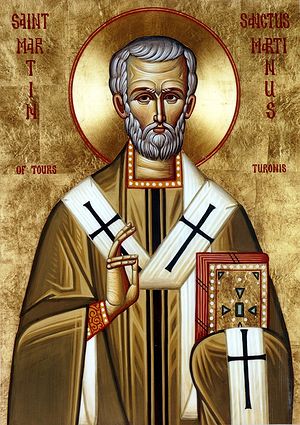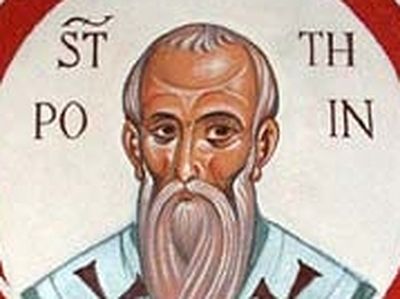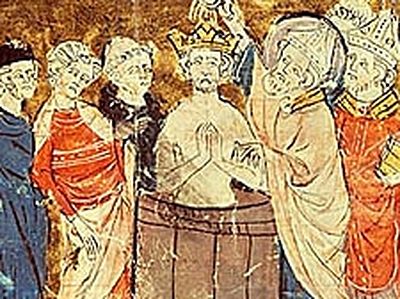The Vatican, June 24, 2015

The preparation for festive events of the anniversary year began on November 11 (the saint’s feast-day in the Catholic Church) last year, reported Catholic Bishop Andras Veres of Szombathely to Kathweb. In summer 2016 a grand festival is to be held here with participation of Hungarian bishops, representatives of the places associated with St. Martin in Hungary and neighboring countries. In Europe alone there are around 3,000 parishes and memorial sites, where the saint is especially venerated.
In advance of the jubilee celebrations, since November 11, 2014, the reliquary with the saint’s relics has been travelling to the places that were visited by St. Martin himself.
St. Martin of Tours (in the Orthodox tradition – “St. Martin the Merciful”; commemorated by the Orthodox Church on October 12/25) was born in 316 in Sabaria, Pannonia, which then was a province of the Roman Empire. From his youth Martin wanted to become a monk and particularly venerated St. Anthony the Great. As the family was not Christian, the saint’s parents discouraged this way of life. His father insisted on Martin’s military career.
The future saint spent several years in Gaul, serving as an officer. It is widely known that once, as a commander, Martin cut his cloak in two and gave half to a beggar.
During the war the saint refused to fight with the enemies, saying that a Christian comes to his or her adversary with a cross, preferring to be murdered rather than murder.
As soon as Martin was able to leave the army, he retired to the Liguge hermitage, near Poitiers, which was to develop into a famous abbey. Soon a large monastery grew around the saint; according to the biographer of St. Martin, this monastery became a seedbed of monastic labors in Gaul. It is remarkable that Martin spread traditions of the Eastern, Egyptian monasticism (following the example of St. Anthony) in the West.
The ascetic avoided ordination to the priesthood, preferring the position of exorcist, which means that he read special prayers over demoniacs, possessed with evil spirits. However, his fame as a wonderworker spread far and wide and finally reached Tours; then, under false pretenses, he was summoned to the city where he was at once proclaimed a bishop.
St. Martin especially took care of the sick, the poor, the starving, for which he was called “merciful”. Serving as Bishop of Tours, he never gave up his dream of monasticism.
On becoming Bishop of Tours, Martin established Marmoutier Abbey. The abbey adopted the rule typical for Eastern monastic communities. All the possessions were held in common. The brethren obeyed the abbot, practiced silence, ate only once a day, wore rough and humble clothes. Marmoutier produced many missionaries who preached Christianity among the Celts.
When St. Martin reposed in 397, around 2,000 monks and nuns gathered for his funeral. The Marmoutier community itself never had more than 80 monks.
St. Martin reposed while praying in a church in the town of Candes (now Candes-Saint-Martin). Local Christians wanted to bury him there, but Tours residents stole his body.


